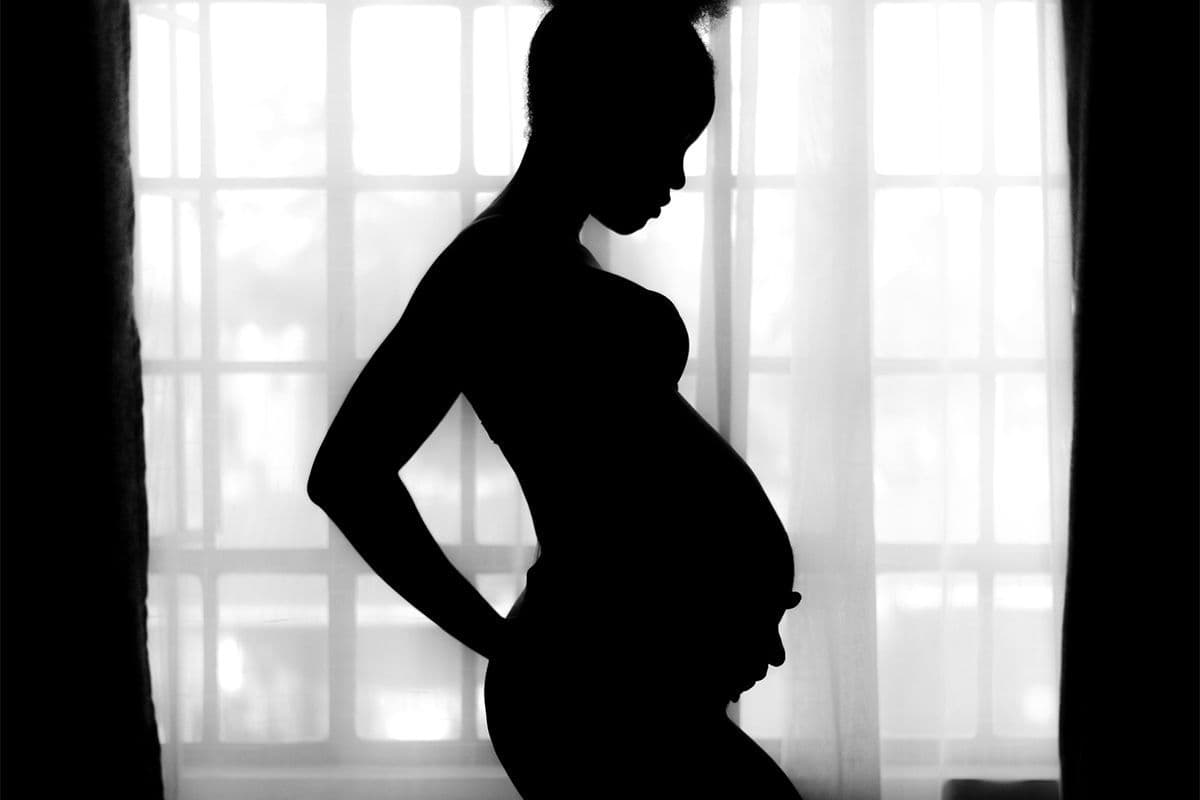Labor-Tracking Tool May Reduce Risk of C-Section
Pregnancy News
Obie Editorial Team
According to researchers, the guidelines for the progression of labor before suggesting a C-section delivery are based on outdated clinical studies. Two researchers, in particular, suggest using a partograph to note current dilation and progression. The partograph, designed by the research team with grant money from the National Institute of Nursing Research, uses the latest research studies to gauge whether labor is progressing normally based on today’s standards. Currently, partographs are not used in the United States as part of the birthing process.
One of the main causes of C-section deliveries for first-time mothers is slow, unproductive labor. According to Jeremy Neal and Nancy Lowe of the University of Colorado, labor progression guidelines expect a steady progression of dilation at a rate of about one cm an hour as the slowest rate acceptable before dystocia is suspected. New research, however, may suggest that progression in the early stages of labor is slower with a gradual increase in progression speed in the final stages of labor. This is where the partograph would come into play.
Obstetricians could plot progress using a computer or mobile application and that progress would be compared to current studies. Based on those current studies, the obstetrician could better gauge if the delivery is progressing normally or slower than normal.
Researchers in the study are particularly concerned with women in labor with a first pregnancy, because if a C-section is performed during the first delivery, there is an increased risk of repeat C-sections in subsequent pregnancies. C-sections have a higher rate of health risks than vaginal births and the cost of C-section delivery is much higher, as well.
Neal and Lowe are just starting a pilot study of the partograph in real-life situations. The tool cannot be used until a pregnant woman is actively in labor. The pilot study is relatively small, so the lead study authors acknowledge the fact that a large study of women is required before use of the partograph can be considered.
Source: Jeremy Neal and Nancy Lowe. Medical Hypothesis. 17 March, 2012.









